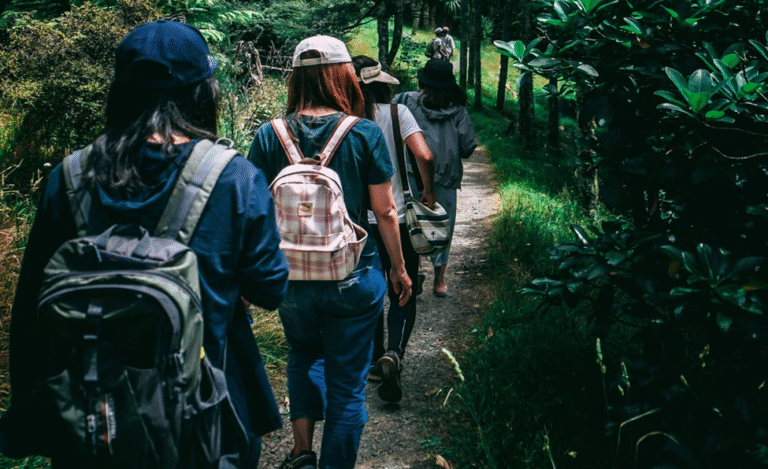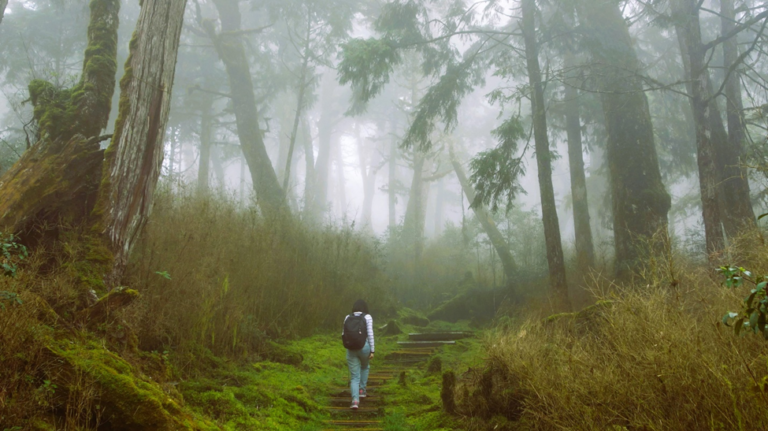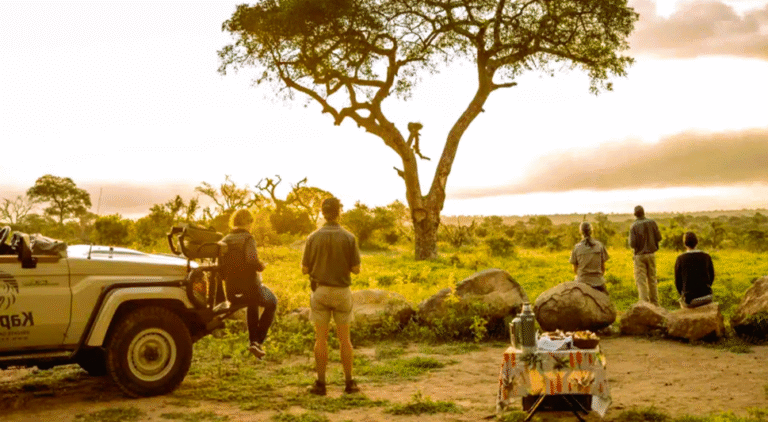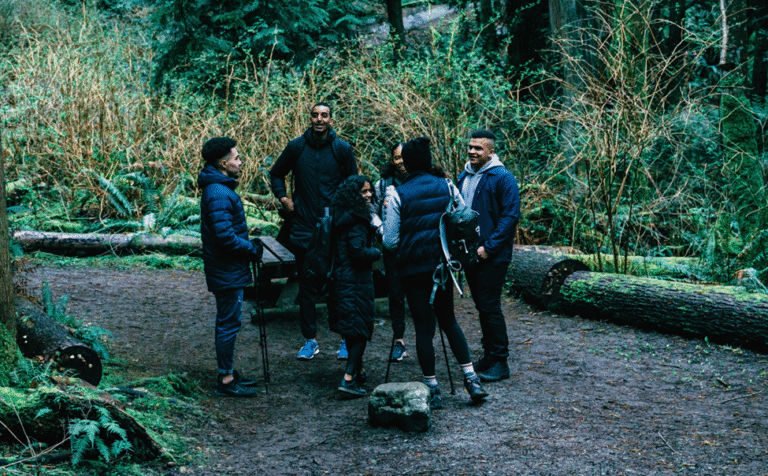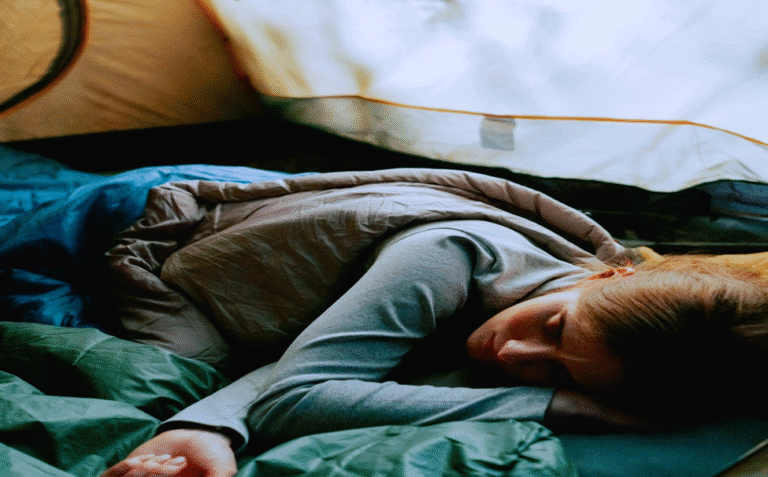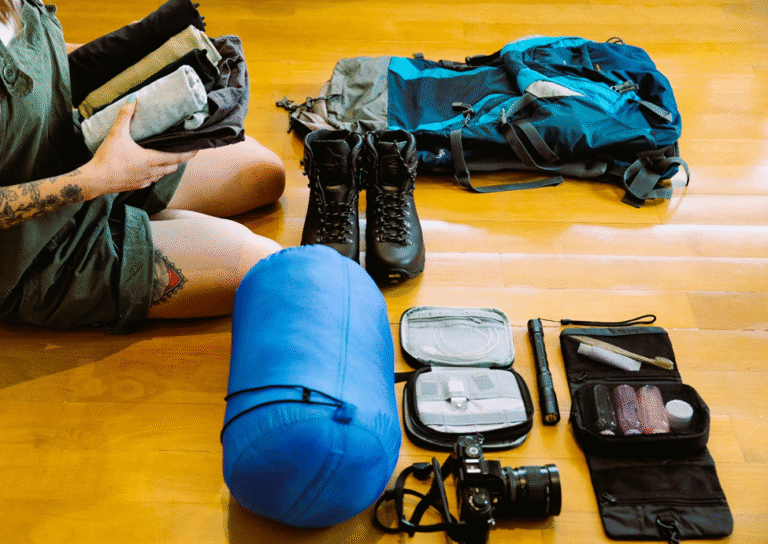
Hiking connects us to nature—it’s fun and refreshing! Keep the trails clean. Disposing of waste while hiking helps animals and keeps the area nice for everyone. Here are simple tips for managing litter while hiking.
1. Understand the Leave No Trace Principles
Leave No Trace means taking care of your trash. It teaches us to respect nature and other visitors. One of the key principles is “Dispose of Waste Properly.” This means taking all trash out, including food scraps. Even small items, like fruit peels, matter.
2. Pack Out All Trash
A simple rule: take everything you brought with you. Pick up food wrappers, tissues, and crumbs. Bring a sturdy bag to collect trash Use plastic bags for messy items. Keep this bag in your backpack, separate from other items.
3. Minimize Waste from the Start
Waste while hiking is easier to prevent than clean up. Pack light, use reusable containers, and bring a durable water bottle. Choose snacks like dried fruits or nuts to create less waste.
4. Dispose of Food Scraps Properly
Even natural food scraps, like apple cores, should not be left behind. Animals may eat them, which can harm their health. Also, food scraps attract animals to areas they wouldn’t normally visit. This can lead to conflicts with humans. Always pack out all food waste.
5. Handle Biodegradable Waste Correctly
People often think biodegradable waste can be left behind. However, it still takes time to decompose. In colder climates, decomposition is slow. Food scraps can stay for weeks, even months. So, pack out biodegradable waste as well.
6. Be Careful with Toilet Paper and Hygiene Products
When nature calls while hiking, find a private spot at least 200 feet from water and trails Dig a small hole, called a “cathole,” 6-8 inches deep to bury waste. If you use toilet paper, pack it out in a sealed bag. Try eco-friendly wipes that break down faster.
7. Avoid Using Soaps or Shampoos in Streams or Lakes
Soaps can harm wildlife, even biodegradable ones. To wash up while hiking, use water from a container and dump it 200 feet from streams or lakes. This keeps water clean and prevents waste while hiking.
8. Pet Waste Needs Proper Disposal Too
Bringing your dog on a hike? Make sure to handle their waste. Dog waste can harm plants and wildlife. It can also pollute water sources. Bring bags specifically for pet waste. Carry them out and dispose of them properly later.
9. Leave Behind What You Find
It’s tempting to gather stones, flowers, and other natural stuff. However, removing these may disrupt ecosystems. Plants, rocks, and dead wood all have an impact on the environment. Allowing them to be alone helps to maintain nature in balance.
10. Use Eco-Friendly Products
When hiking, eco-friendly gear helps cut down on trash. Biodegradable soaps, wipes, and utensils are now available from numerous brands. Examine product labels and select environmentally friendly options.
11. Recycle Where Possible
After hiking, sort your waste. Recycle bottles and cans to cut down on waste while hiking. Many parks have recycling bins – use them and check for rules.
12. Plan Ahead
Proper planning facilitates trash removal. Look into the trash management regulations in your area. Some parks have particular rules. Some may even force you to bag out human feces. Knowing this will help you get ready for your hike.
13. Bring a Lightweight Trowel
A trowel is a small, lightweight digging tool. It’s helpful for creating catholes. Many trowels are compact and fit easily in a backpack. Having one ensures you can dispose of human waste responsibly.
14. Stay on Marked Trails
Staying on defined routes lessens the environmental impact. When we go off-trail, we risk destroying the plants. This comprises mosses and delicate plants. Following trails helps to protect environments and prevent waste.
15. Teach Others
Share your knowledge with friends and family. Many people don’t know about Leave No Trace principles. Teach them the importance of packing out waste. When more people practice these habits, our natural spaces stay cleaner.
16. Carry a Trash Bag
A trash bag is essential for any hike. Choose a strong, leak-proof bag. Some hikers use a dry bag for this purpose. It’s durable, waterproof, and keeps smell contained. Place all waste in the bag until you find a trash can.
17. Be Mindful of Micro-Waste
Micro-waste consists of minute things such as plastic caps, food crumbs, and wrappers. Even small bits of trash can hurt wildlife. Before leaving a location, look for these small fragments while hiking. Pick them up and place them in the garbage bag.
18. Enjoy Nature Responsibly
Respect nature by caring for the land when you hike. Throw away waste the right way to keep trails clean. Leaving no waste while hiking makes the experience better for everyone.
19. Choose the Right Footwear
Even minor details can make a difference. Wearing suitable footwear helps to protect trails. Shoes with strong grip save us from slipping, reducing trail damage. This keeps walkways clean and doesn’t disrupt the greenery.
20. Take Pride in Stewardship
Caring for trails fosters a sense of responsibility. When we properly dispose of trash, we help the environment. Management means more than just following the rules. It is about valuing and enhancing our natural environments.

Disposing of waste while hiking is easy and keeps trails clean. It protects wildlife and helps nature stay healthy. Let’s all manage waste while hiking and enjoy the outdoors.
FAQ’s
Can I leave biodegradable food scraps, like fruit peels, on the trail?
How should I handle toilet paper and other hygiene products?
Is it safe to wash with soap in streams or lakes?
What should I do with pet waste while hiking?
Why is it important to follow Leave No Trace principles?

